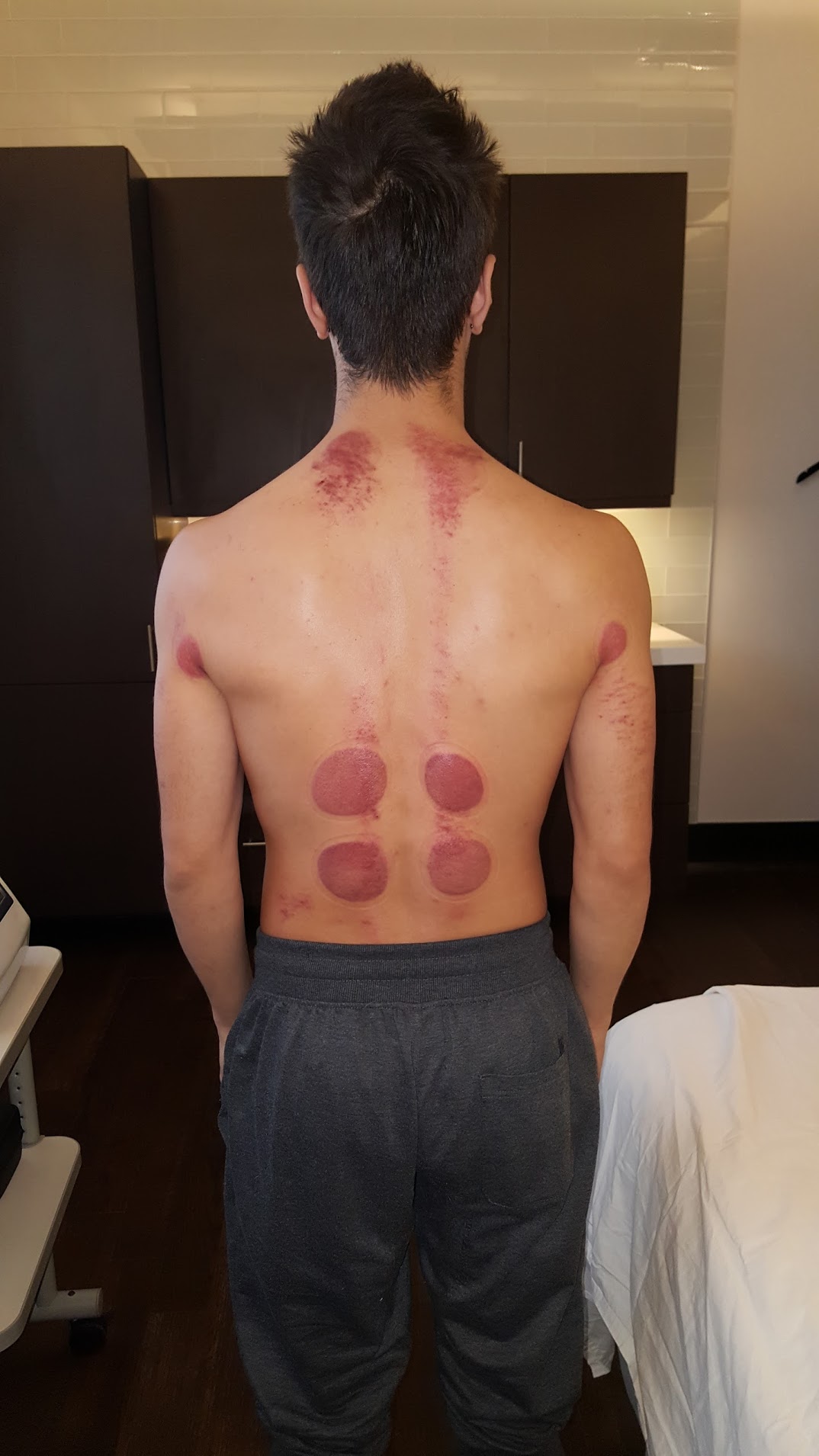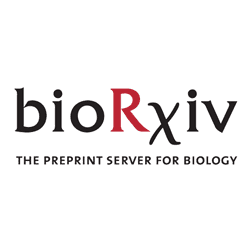@nejdev
"supposedly, microclotting wouldn’t be picked up by a d-dimer because a d-dimer picks up elevated levels of antiplasmin (which busts up clots) and the issue stems from lack of antiplasmin available to remove clots. I think that’s how it was explained in the video."
Do you remember anything about how to find that video? Or do you have an article saved that's a good summary about it?
Quick search found this...
 www.mayocliniclabs.com
www.mayocliniclabs.com
Mayo Clinic D-Dimer, Plasma test information
"The specific degradation of fibrin (ie, fibrinolysis) is the reactive mechanism responding to the formation of fibrin. Plasmin is the fibrinolytic enzyme derived from inactive plasminogen. Plasminogen is converted into plasmin by plasminogen activators. The main plasminogen activators are tissue plasminogen activator (tPA) and pro-urokinase, which is activated into urokinase (UK) by, among others, the contact system of coagulation.
In the bloodstream, plasmin is rapidly and specifically neutralized by alpha-2-antiplasmin, thereby restricting its fibrinogenolytic activity and localizes the fibrinolysis on the fibrin clot. On the fibrin clot, plasmin degrades fibrin into various products (ie, D-dimers). Antibodies specific for these products, which do not recognize fibrinogen, have been developed. The presence of these various fibrin degradation products, among which D-dimer is the terminal product, is the proof that the fibrinolytic system is in action in response to coagulation activation.
Elevated D-dimer levels are found in association with disseminated intravascular coagulation (DIC), pulmonary embolism (PE), deep vein thrombosis (DVT), trauma, and bleeding. D-dimer may also be increased in association with pregnancy, liver disease, malignancy, inflammation, or a chronic hypercoagulable state."
@nejdev So that looks like you got the plasmin and antiplasmin mixed around. Plasmin breaks up the fibrin clot into D-dimers, and antiplasmin (alpha-2-antiplasmin) limits that.
"supposedly, microclotting wouldn’t be picked up by a d-dimer because a d-dimer picks up elevated levels of antiplasmin (which busts up clots) and the issue stems from lack of antiplasmin available to remove clots. I think that’s how it was explained in the video."
Do you remember anything about how to find that video? Or do you have an article saved that's a good summary about it?
Quick search found this...
DDITT - Overview: D-Dimer, Plasma
Excluding the diagnosis of acute pulmonary embolism or deep vein thrombosis, particularly when results of a sensitive D-dimer assay are combined with clinical information, including pretest disease probability(1-4) Diagnosis of intravascular coagulation and fibrinolysis, also known as...
Mayo Clinic D-Dimer, Plasma test information
"The specific degradation of fibrin (ie, fibrinolysis) is the reactive mechanism responding to the formation of fibrin. Plasmin is the fibrinolytic enzyme derived from inactive plasminogen. Plasminogen is converted into plasmin by plasminogen activators. The main plasminogen activators are tissue plasminogen activator (tPA) and pro-urokinase, which is activated into urokinase (UK) by, among others, the contact system of coagulation.
In the bloodstream, plasmin is rapidly and specifically neutralized by alpha-2-antiplasmin, thereby restricting its fibrinogenolytic activity and localizes the fibrinolysis on the fibrin clot. On the fibrin clot, plasmin degrades fibrin into various products (ie, D-dimers). Antibodies specific for these products, which do not recognize fibrinogen, have been developed. The presence of these various fibrin degradation products, among which D-dimer is the terminal product, is the proof that the fibrinolytic system is in action in response to coagulation activation.
Elevated D-dimer levels are found in association with disseminated intravascular coagulation (DIC), pulmonary embolism (PE), deep vein thrombosis (DVT), trauma, and bleeding. D-dimer may also be increased in association with pregnancy, liver disease, malignancy, inflammation, or a chronic hypercoagulable state."
@nejdev So that looks like you got the plasmin and antiplasmin mixed around. Plasmin breaks up the fibrin clot into D-dimers, and antiplasmin (alpha-2-antiplasmin) limits that.
Last edited:


